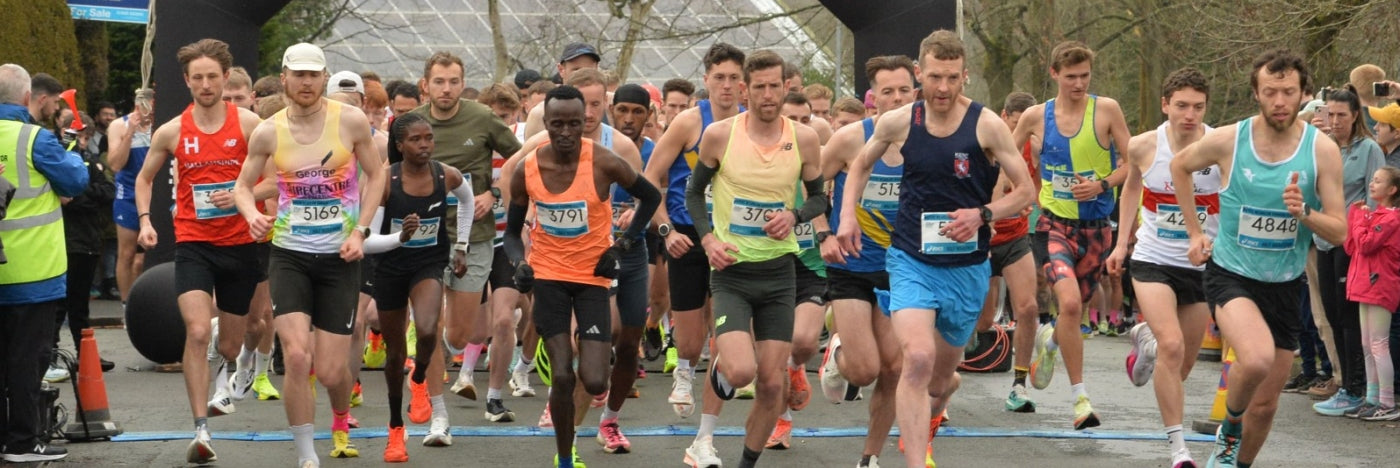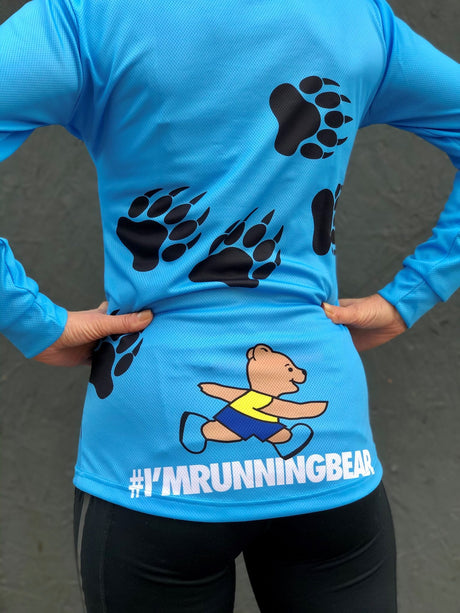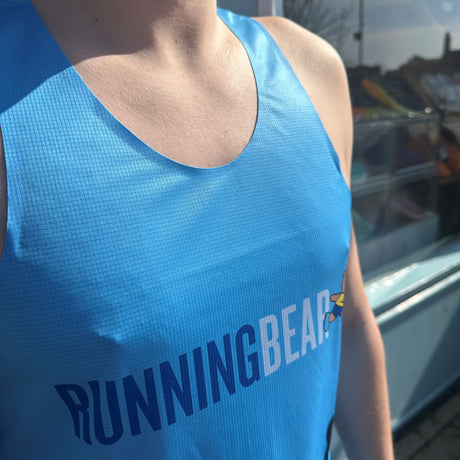| Kilometres Per Hour (km/h) | Miles Per Hour (mph) | Minutes Per Kilometre (min/km) | Minutes Per Mile (min/mi) | 5k Finish Time | 10k Finish Time | Half Marathon Finish Time | Marathon Finish Time |
|---|---|---|---|---|---|---|---|
| 12 | 7.46 | 05:00 | 08:02 | 15:00 | 30:00:00 | 01:00:00 | 02:48:00 |
| 11.5 | 7.15 | 05:13 | 08:23 | 15:43 | 31:26:00 | 01:04:42 | 02:55:05 |
| 11 | 6.83 | 05:27 | 08:46 | 16:21 | 32:42:00 | 01:08:16 | 03:01:44 |
| 10.5 | 6.51 | 05:43 | 09:09 | 17:08 | 34:16:00 | 01:12:16 | 03:08:32 |
| 10 | 6.21 | 06:00 | 09:39 | 18:00 | 36:00:00 | 01:12:00 | 03:15:00 |
| 9.5 | 5.9 | 06:18 | 10:11 | 19:00 | 38:00:00 | 01:16:00 | 03:22:00 |
| 9 | 5.59 | 06:40 | 10:43 | 20:00 | 40:00:00 | 01:20:00 | 03:30:00 |
| 8.5 | 5.28 | 07:05 | 11:23 | 21:00 | 42:00:00 | 01:24:00 | 03:37:00 |
| 8 | 4.97 | 07:30 | 12:05 | 22:30 | 45:00:00 | 01:30:00 | 03:45:00 |
| 7.5 | 4.66 | 08:00 | 12:52 | 24:00:00 | 48:00:00 | 01:36:00 | 03:52:00 |
| 7 | 4.35 | 08:34 | 13:49 | 25:43:00 | 51:26:00 | 01:42:00 | 04:00:00 |
| 6.5 | 4.04 | 09:15 | 14:55 | 27:30:00 | 55:00:00 | 01:48:00 | 04:08:00 |
| 6 | 3.73 | 10:00 | 16:05 | 30:00:00 | 01:00:00 | 01:55:00 | 04:15:00 |
| 5.75 | 3.57 | 10:26 | 16:46 | 31:43:00 | 01:03:30 | 01:58:30 | 04:26:30 |
| 5.5 | 3.42 | 10:54 | 17:31 | 33:00:00 | 01:06:00 | 02:02:00 | 04:38:00 |
| 5.25 | 3.26 | 11:25 | 18:24 | 34:00:00 | 01:08:00 | 02:06:00 | 04:50:00 |
| 5 | 3.11 | 12:00 | 19:19 | 36:00:00 | 01:12:00 | 02:12:00 | 05:00:00 |
| 4.75 | 2.95 | 12:42 | 20:14 | 37:30:00 | 01:15:00 | 02:16:30 | 05:12:30 |
| 4.5 | 2.8 | 13:20 | 21:28 | 39:00:00 | 01:18:00 | 02:21:00 | 05:24:00 |
1. Consistency is Key
- Whether you're aiming for a 5k or a Marathon, it's crucial to maintain a consistent pace throughout your race. Going out too fast can lead to burnout, especially in longer races. Conversely, starting too slow may result in not reaching your desired time.
- Tip: Use your training runs to practice pacing. On easy days, focus on running at a comfortable pace, and on tempo or interval days, work on running at your goal race pace.
2. Train with Intervals
- For improving your race pace, intervals (or fartlek training) are essential. These workouts involve running at a faster pace for a set amount of time (e.g., 400 meters or 1 minute) followed by a recovery period.
- Tip: Intervals help increase your speed and endurance. For a 5k goal time of 20:00, for example, include 1-minute intervals at faster-than-race pace followed by 2 minutes of easy jogging or walking. This will train your body to handle race-pace efforts.
3. Pacing Strategies for Different Distances
5k: For shorter races like the 5k, pacing is especially important. Most runners will benefit from running at a slightly faster pace in the first half of the race, then maintaining it or slightly slowing down in the second half.
- Tip: The “negative split” strategy (running the second half faster than the first) can help you finish strong.
10k: A 10k is longer, so it's more about maintaining a sustainable pace. Don’t go out too fast, as this can leave you struggling during the second half of the race.
Tip: Run the first 3-4 kilometers at your goal pace, then gradually increase your effort toward the end.
- Half Marathon and Marathon: For these longer races, even pacing is crucial. Try to run each mile or kilometer at the same pace, with a small increase in speed toward the end if you’re feeling good.
- Tip: Especially for marathons, you'll want to practice your fueling and hydration strategy during training to ensure you're energized throughout.
4. Know Your Goal Time & Adjust Accordingly
- Keep an eye on your race goal time, but be flexible. Weather, terrain, and course conditions can all impact your pacing strategy.
- Tip: If the weather is hot or you’re running on a hilly course, adjust your expectations slightly, but stick to a pace you know you can maintain throughout the race.
5. Fueling & Hydration
- In longer races, especially the Half Marathon and Marathon, fueling becomes a critical factor in your success. Your body will need extra energy to sustain the effort over a longer time.
- Tip: Practice fueling during your long training runs. For marathons, you’ll likely need to take in gels, chews, or drinks every 30-45 minutes to stay energized.
- Tip: Hydrate well before the race and drink small amounts of water or sports drinks during the race. Dehydration can impact your performance, especially in longer events.
6. Listen to Your Body
- It’s easy to get caught up in the race atmosphere and the excitement of other runners, but always listen to your body. If you start feeling pain or fatigue, adjust your pace and make sure to take care of any injuries.
- Tip: If you’re running a marathon or half marathon and you’re not feeling great, it’s okay to slow down a bit. Pushing through pain can lead to injury, so it’s important to be aware of how you feel throughout the race.
7. Mental Strategies for Racing
- Visualize success: Before the race, take some time to visualize yourself hitting your race pace and crossing the finish line with your goal time. This mental preparation can help you stay focused during the race.
- Break it into segments: Mentally break the race down into smaller chunks. For example, for a marathon, focus on getting to 5 miles, then 10 miles, and so on. This makes the distance feel more manageable.
8. Cross-Training
- While running is the focus, cross-training activities like cycling, swimming, or strength training can be extremely beneficial. They help improve your cardiovascular fitness, build strength, and prevent burnout from running every single day.
- Tip: Strength training, especially core and leg workouts, can help improve your running posture and stamina.
9. Rest and Recovery
- Recovery is just as important as training. Give your muscles time to repair and rebuild by incorporating rest days into your schedule. Overtraining can lead to burnout and injuries.
- Tip: After hard efforts or long runs, use foam rolling, stretching, or yoga to help your muscles recover. Active recovery days (like easy jogging or cycling) can also be very beneficial.
10. Race Day Preparation
- On race day, make sure you’ve prepared the night before. Lay out your race clothes, check the weather, and eat a meal that you’ve practiced during your training.
- Tip: Arrive at the start line early to warm up, and do a light jog or some dynamic stretches to prepare your body for the race.
11. Pace Groups
- If you're running a marathon or half marathon, consider using pace groups. Many races have pacers who help you stay on track for a specific time goal (e.g., 4:00 marathon pace or 1:45 half marathon pace).
- Tip: If you’re planning on following a pace group, try to stay a little bit behind them early on to conserve energy, and then surge ahead if you’re feeling strong toward the end.
12. Track Your Progress
- Use apps or watches (like a Garmin, Fitbit, or Strava) to track your training runs and race pace. Over time, you can see improvements and adjust your goals based on your performance.
- Tip: Make sure to record your paces and times from training to assess if you're on track to hit your race-day goal.




















